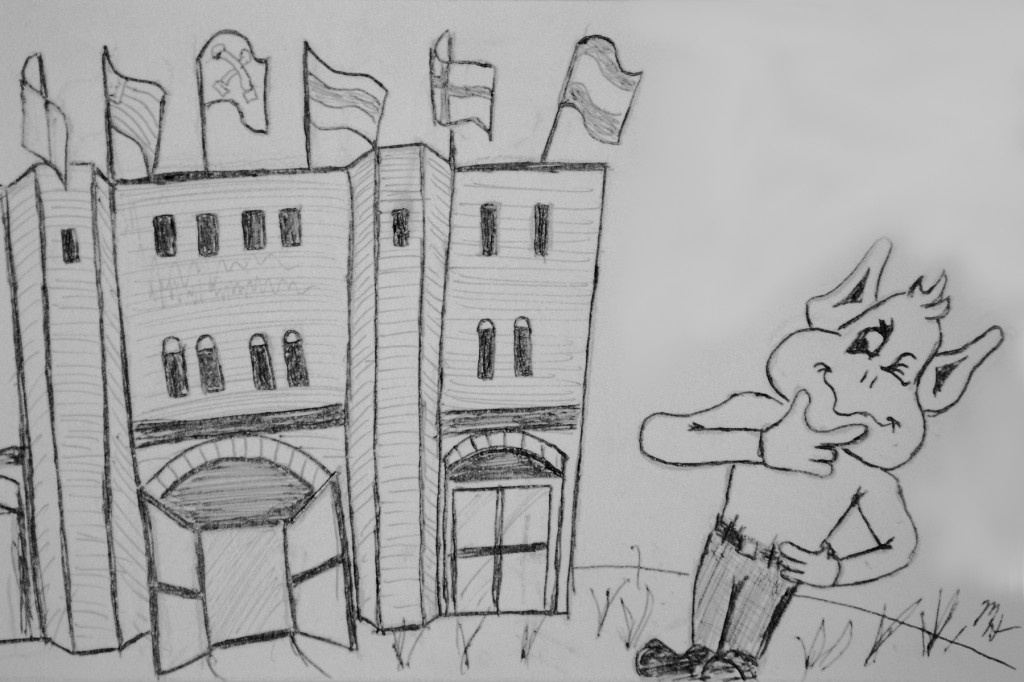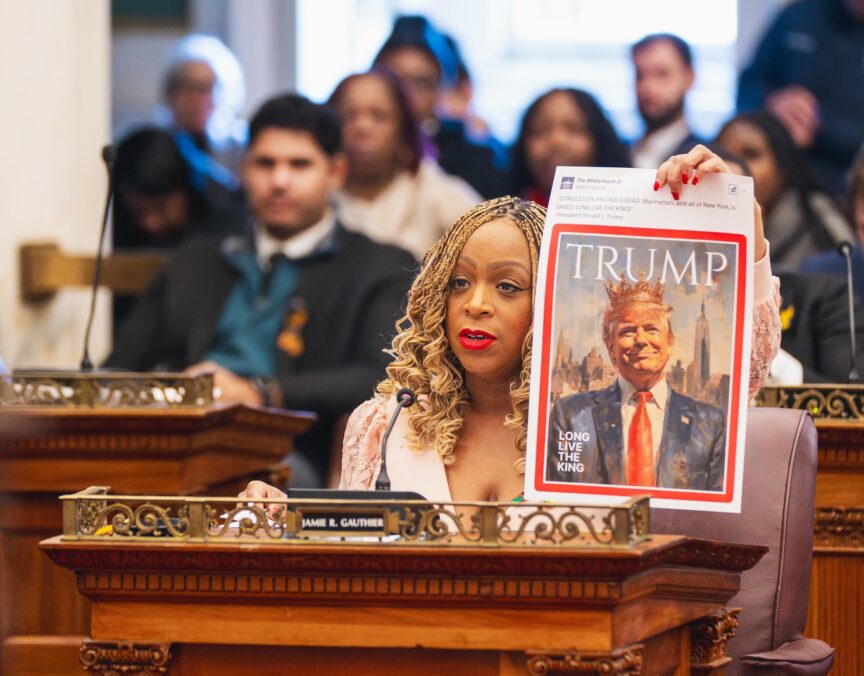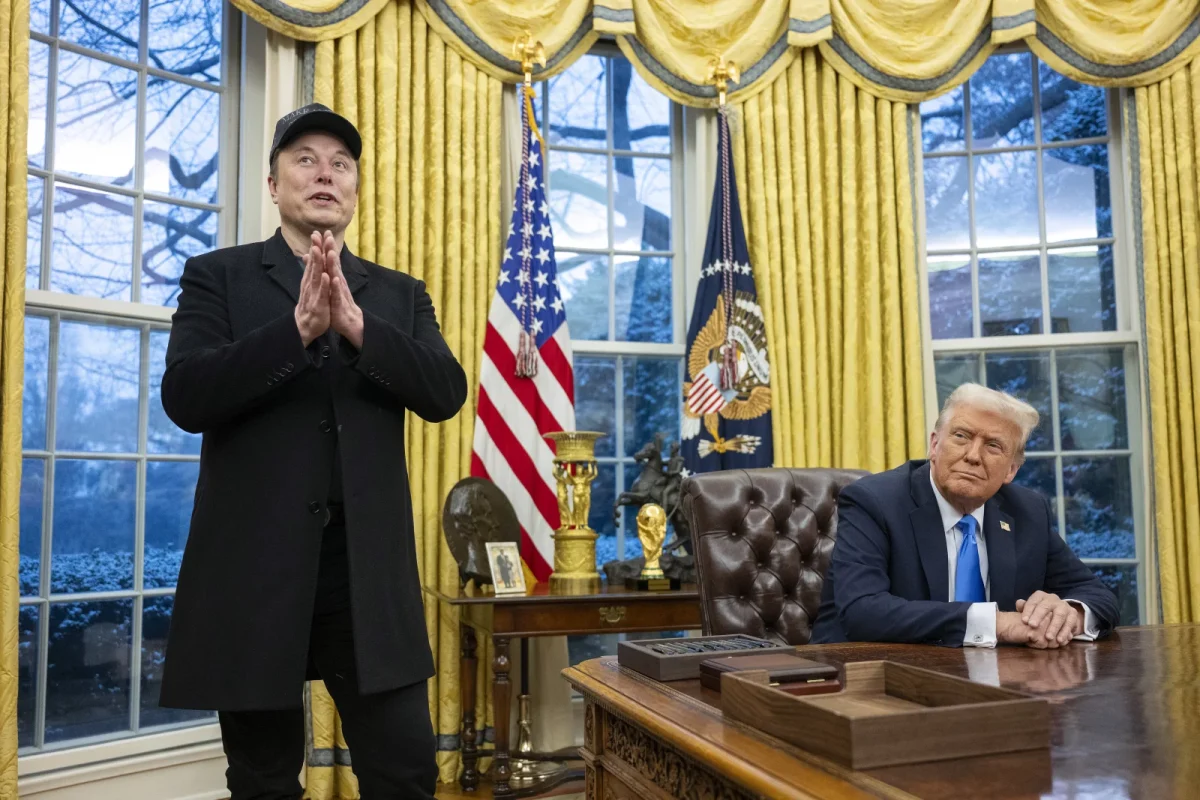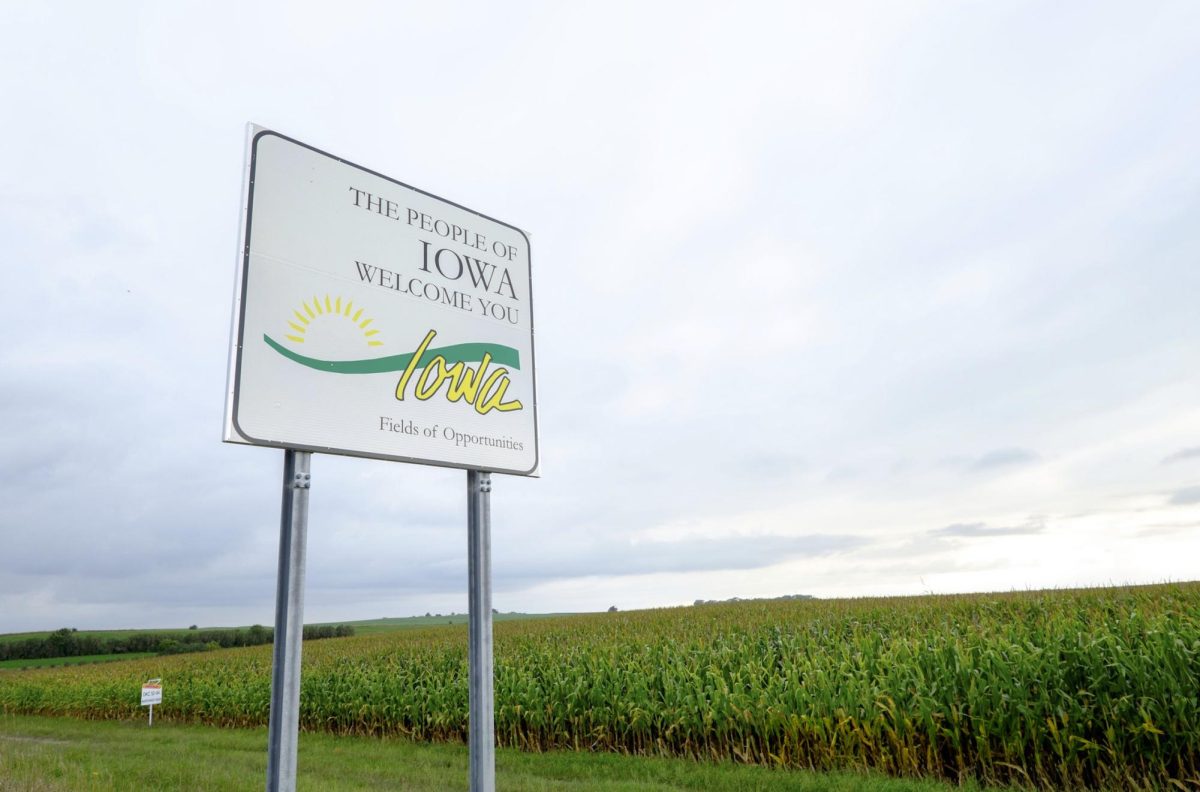
This fall, Saint Louis University is expected to open the newest set of doors in its Center for Global Citizenship, which consists of Des Peres Hall and the renovated Bauman-Eberhardt Center. The hope is that this new complex will likewise open doors for students, doors to new understanding and experiences of other cultures. But the success of the center will largely depend on how students come to perceive the signs above those doors.
Ideally, the new building will function as a gathering place for students of varied identities, cultures and beliefs. But the Center for Global Citizenship is in some ways a paradox. Its intent is to encourage inclusiveness on campus. And yet in all likelihood, the only people who will voluntarily enter a building dubbed “Center for Global Citizenship” are people who are already open to other cultures—or as SLU leaders like to say, people who are already living the Oath of Inclusion.
In the worst-case scenario, minority groups would be the only ones to use the new building. Then, the Center, touted as an emblem of diversity at SLU, would actually subvert its intended purpose of fostering inclusiveness and, disturbingly, end up as a sort of quarantine for students that have been labeled as “different.” So how can this disaster be averted?
For one, it will be vital to consider very carefully how to publicize the new Center. If the Center were to be marketed as simply another student hub which just happens to house the offices of many diversity-focused groups on campus, that would perhaps bring in the greatest volume of students and foster true interaction between students of all identities and cultures. And of course, the inclusion of an international café just might be the panacea for any potential diversity woes; nothing breaks down barriers and brings starving students together better than food.
Still, a cynic might suspect that the Center is designed as a sort of publicity stunt for SLU. While calling a building the “Center for Global Citizenship” might not actually be the best way to create an inclusive and inviting atmosphere for all students, it certainly does sound good in recruitment pamphlets and on-campus tours. And while the flags on the roof look cool, some groups may actually have smaller offices in the new building than they had in the Busch Student Center. As a silver lining, brochures can now boast that SLU has so much diversity it’s hard to fit it all in two buildings!
Yet even if University administrators have ulterior motives for constructing such a conspicuous showcase of our school’s diversity, that doesn’t mean the Center can’t, at the same time, truly benefit students.
Publicity emphasizing that the Center welcomes all students, well-designed study spaces and the aforementioned café will hopefully bring all types of people into the Center. There they can mingle and make the personal connections whereby true inclusiveness is born. Then maybe one day SLU will be a place where every meeting place is truly diverse, and there will be no need for some buildings to be more diverse than others.










